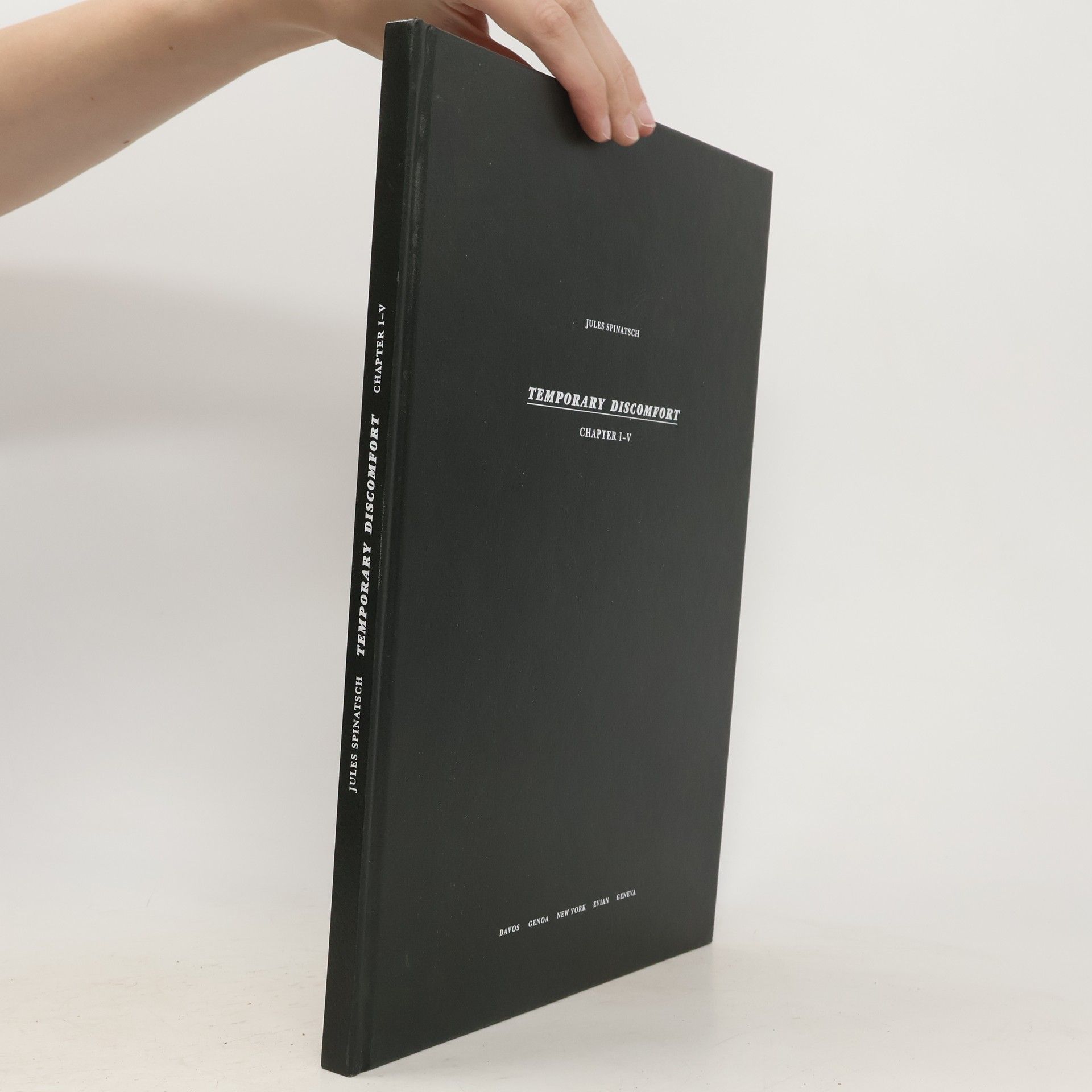Landscapes of Desire
4th Industrial Art Biennial
The 4th Industrial Art Biennial focuses on post-industrialization, highlighting its significance in the current upheaval of the Anthropocene. Curators Christoph Doswald and Paolo Bianchi invited 29 artists to create numerous site-specific projects that tackle issues such as economic sustainability, cultural diversity, and climate change. "Landscapes of Desire" emphasizes the power of networking to transcend political and social boundaries, using artworks as sensory tools to challenge conventional thought patterns. The curators assert, "We need more artful thinking for a sustainable world." This biennial is designed as an experimental laboratory, reshaping the diverse social, economic, and cultural landscape of Istria. Featured artists include Lara Almarcegui, Cristian Andersen, Charlie Billingham, Vanessa Billy, and many others. A comprehensive catalogue published by Verlag für moderne Kunst (Vienna) documents all interventions, captured by renowned photographer Jules Spinatsch. The catalogue includes contributions from Paolo Bianchi, Marie-Janine Calic, Christoph Doswald, Isabella Flego, and Tatjana Gromača.

